Master Plan for Starting a Shopify Dropshipping Business
Are you prepared to launch your own internet company without having to worry about expensive startup expenses or inventory management? You may sell goods straight to consumers using Shopify’s dropshipping business model, leaving suppliers to take care of packaging and delivery. For business owners who want to start small and take fewer risks, this is the perfect business strategy. This tutorial will teach you the whole blueprint for launching a successful Shopify dropshipping business, including how to set up your store, pick profitable products, find trustworthy suppliers, and implement a long-term marketing plan. Regardless of your level of experience, this plan will provide you the resources and know-how required to create a successful online store.
What is The Master Plan for Starting a Shopify Dropshipping Business?
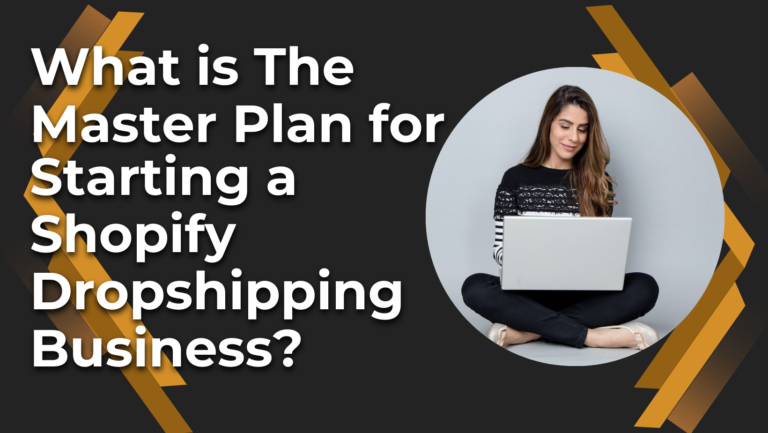
This comprehensive guide will walk you through every step of setting up your store, selecting and adding products, finding suppliers, and making long-term profit plans if you want to establish a dropshipping business with Shopify.
Let's Started
1. Understanding Dropshipping
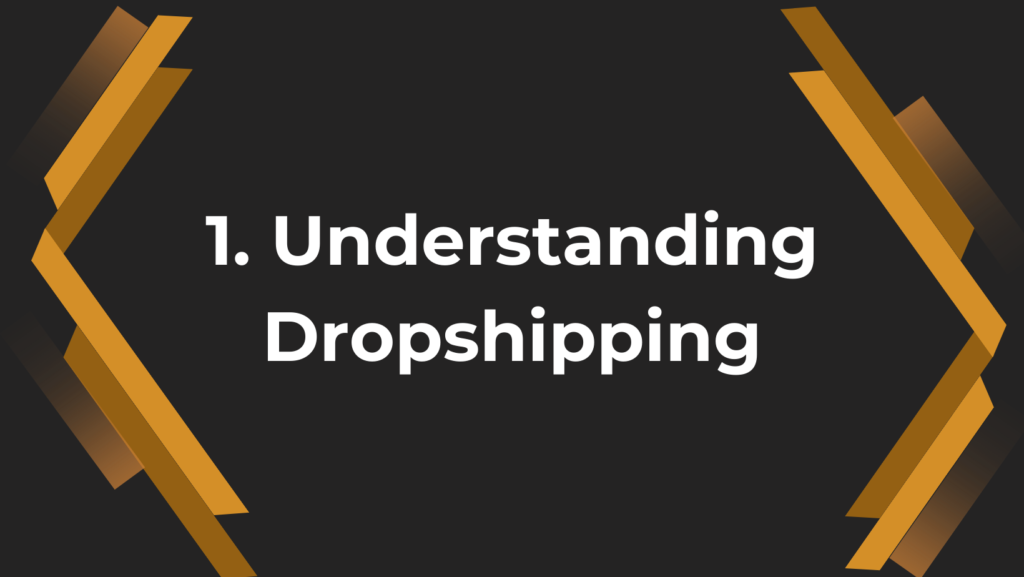
Using the dropshipping e-commerce business concept, you may sell clients things without ever having any inventory. Orders placed by customers are forwarded to your supplier, who ships the item straight to the customer. This lowers the initial outlay of funds and associated risk by removing the requirement for you to handle the merchandise or oversee storage.
Key Benefits of Dropshipping:
Minimal initial outlay of funds buying inventory ahead of time is not mandatory.
Low risk: Only purchase goods after a transaction is made.
Great range of products: You do not have to worry about running out of stock when you offer a wide range of products.
Freedom from physical location: Anywhere with an internet connection can be used to operate the company.
2. Why Choose Shopify for Dropshipping?
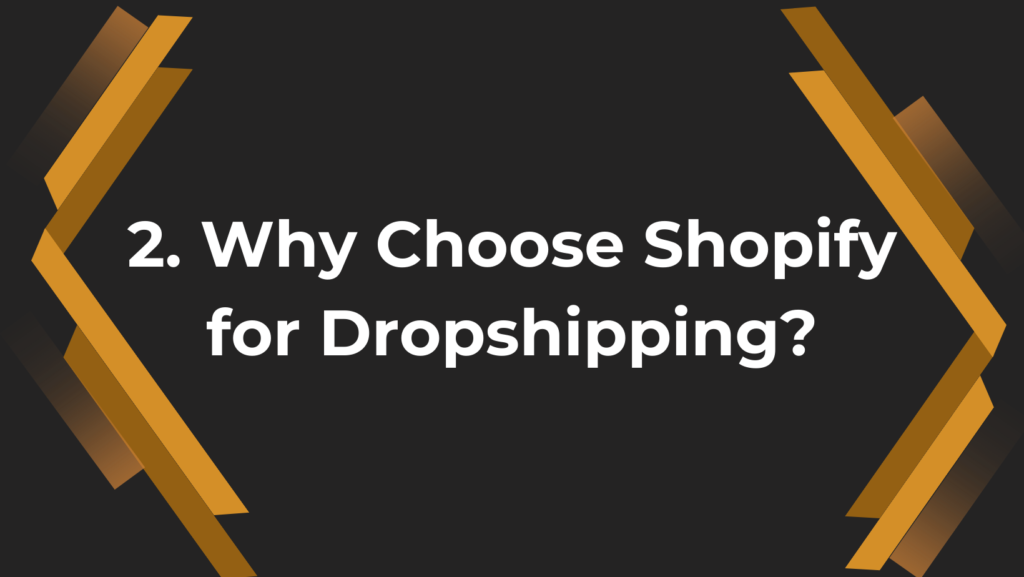
One of the most well-liked and reliable e-commerce sites is Shopify, particularly for dropshipping. It has many features, is simple to use, and integrates seamlessly with other dropshipping programs, such as Spocket, DSers, and Oberlo.
Advantages of Using Shopify:
User-friendly Interface: Setting up and running your business is simple, even if you do not know how to code.
Built-in Tools: Shopify comes with a number of effective tools for analytics, SEO, and marketing.
Large App Store: Get access to useful tools and dropshipping programs like Oberlo and Spocket.
24/7 Support: If you run into any problems, Shopify’s customer service is dependable and available to assist you.
3. How to Start a Shopify Dropshipping Business: Step-by-Step Guide

Step 1: Set Up Your Shopify Account
- Free Trial – Shopify offers a 1- month in 20 rupees, which gives you enough time to set up your store and explore the platform.
- Store Setup – Once you sign up, choose a store name. Pick something unique and memorable because this will become your brand identity.
- Domain Name – You can either use Shopify’s default domain (e.g., mystore.myshopify.com) or buy a custom domain (e.g., mystore.com) to make your store look more professional.
Step 2: Choose a Shopify Theme
- Free or Paid Themes – Shopify has a variety of free and paid themes that you can choose from. Pick a theme that aligns with your niche and target audience.
- Customize Your Theme – Customize your theme by adding your logo, adjusting colors, and setting up navigation to make it unique to your brand. Ensure that your store looks professional and is easy to navigate.
Step 3: Install Dropshipping Apps
To automate the process of finding products and fulfilling orders, you’ll need to integrate a dropshipping app with your Shopify store.
- Oberlo (AliExpress) – Oberlo allows you to import products directly from AliExpress, making it a popular choice for beginners.
- DSers – DSers is another AliExpress dropshipping app and an alternative to Oberlo, offering bulk orders and streamlined fulfillment.
- Spocket – If you want to source high-quality products from US or European suppliers, Spocket is a great option for faster shipping and premium products.
Step 4: Add Products to Your Store
- Product Research – Start by researching what’s trending in your chosen niche. You can use tools like Google Trends, Amazon Best Sellers, or eBay to understand what people are buying.
- Import Products – Once you find suitable products, use the Oberlo or DSers app to import them directly into your store. Spocket also allows you to add premium products to your Shopify store.
- Optimize Product Pages – Customize product descriptions, titles, and images. Write SEO-friendly descriptions, use high-quality images, and set competitive pricing. Don’t forget to add product variants like size, color, or style if applicable.
4. Choosing Profitable Products
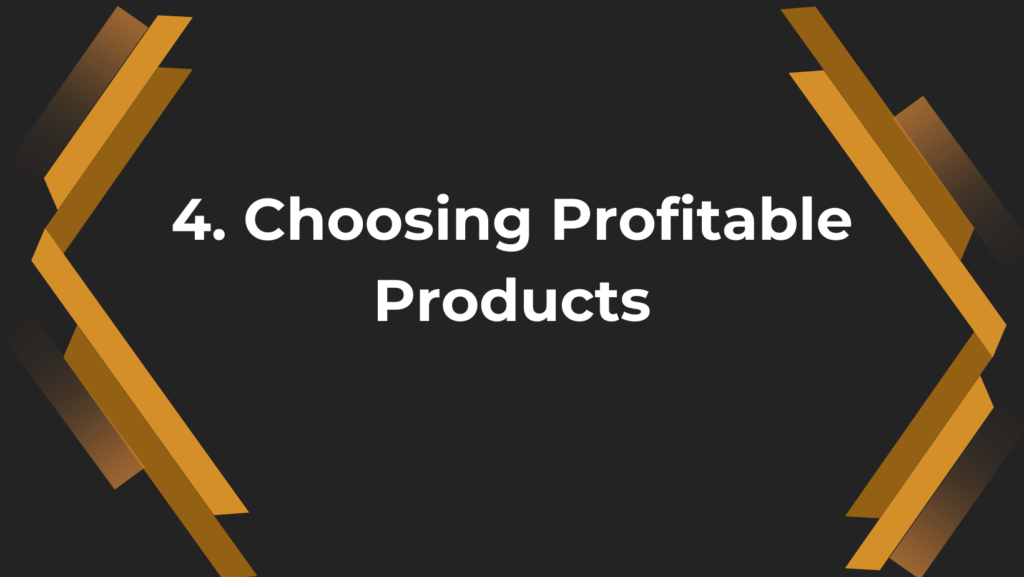
Picking the right products is crucial for the success of your dropshipping store. Here’s how you can choose products that are likely to generate profit.
Criteria for Selecting Products:
- High Demand, Low Competition – Look for products with growing demand but lower competition. You can use tools like Google Trends or paid tools like Ahrefs or SEMrush to identify such products.
- Lightweight and Small – Focus on products that are easy to ship and have low shipping costs, as this will improve your profit margins.
- Avoid Seasonal Products – Choose products that sell all year round to ensure consistent revenue. Seasonal products may only generate sales for a limited time.
- Low Return Rate – Avoid products that are fragile or complicated, as they tend to have higher return rates, which can affect profitability.
Profitable Niches to Consider:
- Health & Wellness – Yoga mats, supplements, fitness gear.
- Pet Supplies – Pet toys, grooming products, accessories.
- Home Decor & Kitchenware – Trendy home accessories, kitchen gadgets.
- Fashion Accessories – Sunglasses, jewelry, watches.
- Tech Gadgets & Accessories – Phone cases, chargers, smart devices.
- Beauty Products – Skincare, haircare, makeup tools.
Products in these categories are usually profitable, lightweight, and quick to ship, and there is a steady demand for them.
5. Sourcing Products: AliExpress, Rosopo, Indiamart, and Others

AliExpress (Oberlo and DSers)
- AliExpress is one of the largest online marketplaces and is commonly used for dropshipping. With apps like Oberlo and DSers, you can easily import products from AliExpress and have suppliers ship them directly to your customers.
- Pros: Large variety of products, low-cost items, global shipping.
- Cons: Shipping times from China can be long (sometimes 15-45 days), which may affect customer satisfaction.
Rosopo:
With Rosopo, an Indian dropshipping marketplace, you may buy goods straight from Indian vendors. It helps shorten shipping times within India or target the Indian market.
Benefits include cheaper shipping, local products, and quicker shipment within India.
Cons: Only available from Indian vendors.
Indiamart:
Indian manufacturers and wholesalers can be found on Indiamart, a business-to-business marketplace. You can work out a dropshipping arrangement with suppliers, albeit it is best suited for larger orders.
Positives: Competitive pricing for large orders, easy access to producers.
Cons: Since it is not made for dropshipping, you will need to negotiate prices with suppliers.
Spocket:
Dropshipping from US and European sources is Spocket’s area of expertise. Faster delivery timeframes (sometimes three to five days) are the outcome, which can be quite helpful if you are trying to reach clients in these areas.
Positives: Local vendors, quick shipment, and high-quality products.
Cons: The cost of the products is more than on AliExpress.
6. Marketing and Customer Acquisition Strategies

The secret to attracting customers to your store and converting them into paying customers is marketing. Here’s a summary of dropshipping marketing tactics that work.
Step 1: Social Media Marketing
Facebook Ads: Using demographics, interests, and activity data, Facebook Ads enables you to build highly targeted advertisements. Based on factors like geography, age, and interests, you may target your perfect client.
Instagram Marketing: With its focus on beauty, fashion, and home décor, Instagram is a potent medium for visual goods. To advertise your products, think about utilizing Instagram ads or influencer marketing.
Pinterest: Pinterest can bring in a ton of business for you if you offer clothing, DIY projects, or home décor items. Pinners are typically wealthier consumers who actively seek inspiration.
Step 2: Google Ads
- Google Search Ads – Google search ads are highly effective because they target users who are already searching for products like yours. They can bring in quality traffic with a higher conversion rate.
- Google Shopping Ads – These ads showcase your products directly in Google search results with images, prices, and product details, making them highly effective for e-commerce.
Step 3: Search Engine Optimization (SEO)
- Keyword Optimization – Use relevant keywords in your product descriptions, titles, and meta tags to improve your store’s ranking on search engines like Google.
- Content Marketing – You can create blog posts around trending topics in your niche to drive organic traffic. For example, if you’re selling skincare products, you can write about “Best Skincare Routines for Clear Skin.”
Step 4: Email Marketing
- Abandoned Cart Emails – Many customers abandon their carts before checkout. Sending reminder emails can encourage them to complete their purchase.
- Newsletter & Promotions – Build an email list of your customers and send them newsletters with promotional offers, discounts, or new product announcements to keep them engaged.
7. Order Fulfillment and Customer Service
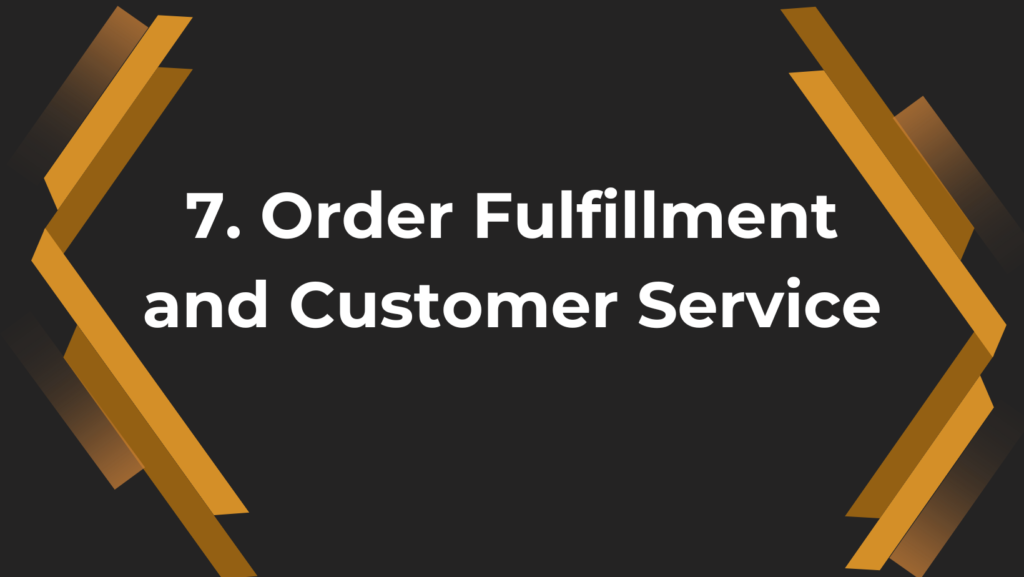
Efficient order fulfillment and top-notch customer service are essential for keeping your customers happy and returning for more.
Order Fulfillment Process:
Order Received: Shopify automatically gathers all the order information when a customer places an order on your website.
Forward the Order to Supplier: You may effortlessly forward the order to your supplier, who will ship the product straight to the consumer, using apps like Oberlo, DSers, or Spocket.
Give Customers Tracking Information: After the supplier ships the product, give the customers tracking information so they can follow their order.
Customer Service Tips:
Fast Reactions: Make sure you answer questions from customers as soon as you can. Quick action can increase client trust and happiness.
Clear Return Policies: Verify that your website makes clear what your return and refund policies are. Your clients’ trust will grow as a result of this.
Proactive Communication: Let the consumer know ahead of time if there will be any shipping delays. Relationships with customers are maintained in large part via transparency.
8. Financial Planning and Budgeting

Efficient order fulfillment and top-notch customer service are essential for keeping your customers happy and returning for more.
Initial Investment:
- Shopify Subscription – $29/month (Basic plan)
- Domain Name – Approx. $10-$15/year
- Marketing Budget – Allocate an initial budget of $200-$500 for Facebook/Google ads.
- Apps and Tools – Oberlo is free, but if you use Spocket, the premium plan starts at around $24/month.
Profit Calculation:
Add the cost of shipping to the price of your product.
Decide on a selling price that includes a respectable margin of profit (between 30 and 50 percent).
For instance, if your product costs $10, you may sell it for $20 to $25, which will still provide you with money for profit and advertising.
Conclusion
If done correctly, launching a dropshipping company on Shopify may be quite lucrative. It is the perfect business model for aspiring entrepreneurs because it has low initial costs, little risk, and a global market. The above-mentioned procedures will put you well on your road to starting a profitable Shopify dropshipping store.
Action Plan Recap:
- Create your Shopify store – Start with the free trial.
- Select profitable products: Give special attention to in-demand, low-competition goods.
- Put your marketing plan into action. To increase visitors, use SEO, Google Ads, and Facebook ads.
- Pay attention to client satisfaction Deliver first-rate assistance and lucid communication.

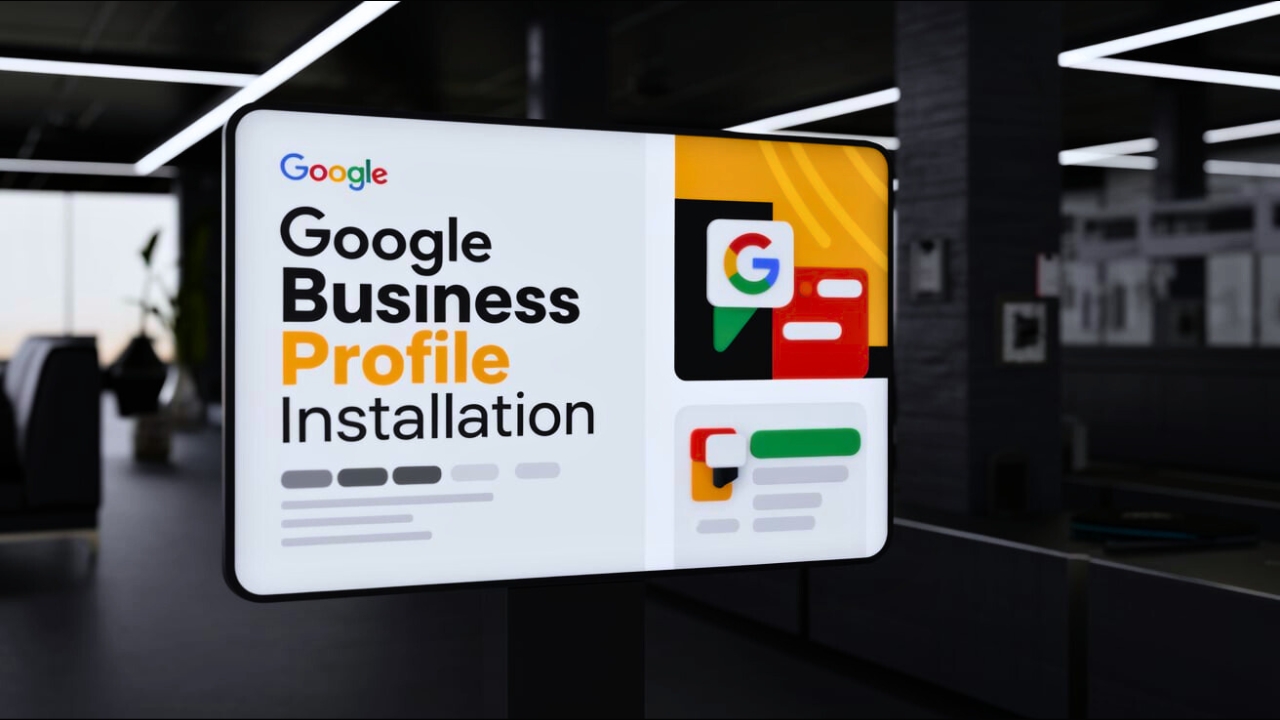



Pingback: Best Business Problem-Solving Techniques For Startups